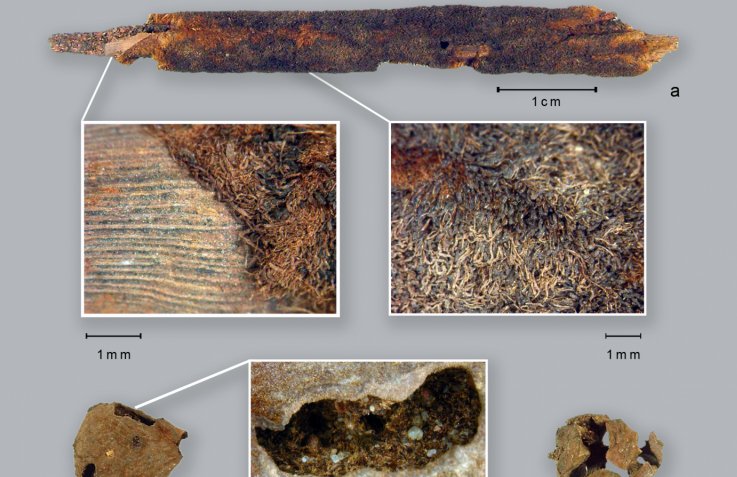MessageToEagle.com -That our ancestors cooked their food is nothing new, but so far no-one has uncovered the earliest direct evidence of humans processing plants for food anywhere in the world. Evidence of cooking plants in early prehistoric cooking vessels has been lacking.
This has changed now when a group of scientists just uncovered the world’s oldest depiction of plants cooked in ancient pottery.
Researchers detected lipid residues of foodstuffs preserved within the fabric of unglazed cooking pots dating from more than 10,000 years ago, from two sites in the Libyan Sahara.
According to scientists at the Organic Geochemistry Unit in the University of Bristol’s School of Chemistry, working with colleagues at Sapienza, University of Rome and the Universities of Modena and Milan over half of the vessels studied were found to have been used for processing plants based on the identification of diagnostic plant oil and wax compounds.

Detailed investigations of the molecular and stable isotope compositions showed a broad range of plants were processed, including grains, the leafy parts of terrestrial plants, and most unusually, aquatic plants.
The interpretations of the chemical signatures obtained from the pottery are supported by abundant plant remains preserved in remarkable condition due to the arid desert environment at the sites.
See also:
First Fully-Equipped Ancient Kitchen Discovered In The Kingdom Of Lydia
The Kitchen Gods Return To The Heavens – Ancient Vietnamese Tradition Is Still Alive
Enigmatic Fulacht Fiadh: ‘Kitchens’ Of The Legendary Irish Warriors
The plant chemical signatures from the pottery show that the processing of plants was practiced for over 4,000 years, indicating the importance of plants to the ancient people of the prehistoric Sahara.
“Until now, the importance of plants in prehistoric diets has been under-recognized but this work clearly demonstrates the importance of plants as a reliable dietary resource.
These findings also emphasize the sophistication of these early hunter-gatherers in their utilization of a broad range of plant types, and the ability to boil them for long periods of time in newly invented ceramic vessels would have significantly increased the range of plants prehistoric people could eat,” Dr Julie Dunne, a post-doctoral research associate Bristol’s School of Chemistry and lead author of the paper
Co-author Professor Richard Evershed, also from Bristol’s School of Chemistry, added: “The finding of extensive plant wax and oil residues in early prehistoric pottery provides us with an entirely different picture of the way early pottery was used in the Sahara compared to other regions in the ancient world.
“Our new evidence fits beautifully with the theories proposing very different patterns of plant and animal domestication in Africa and Europe/Eurasia.”
MessageToEagle.com







